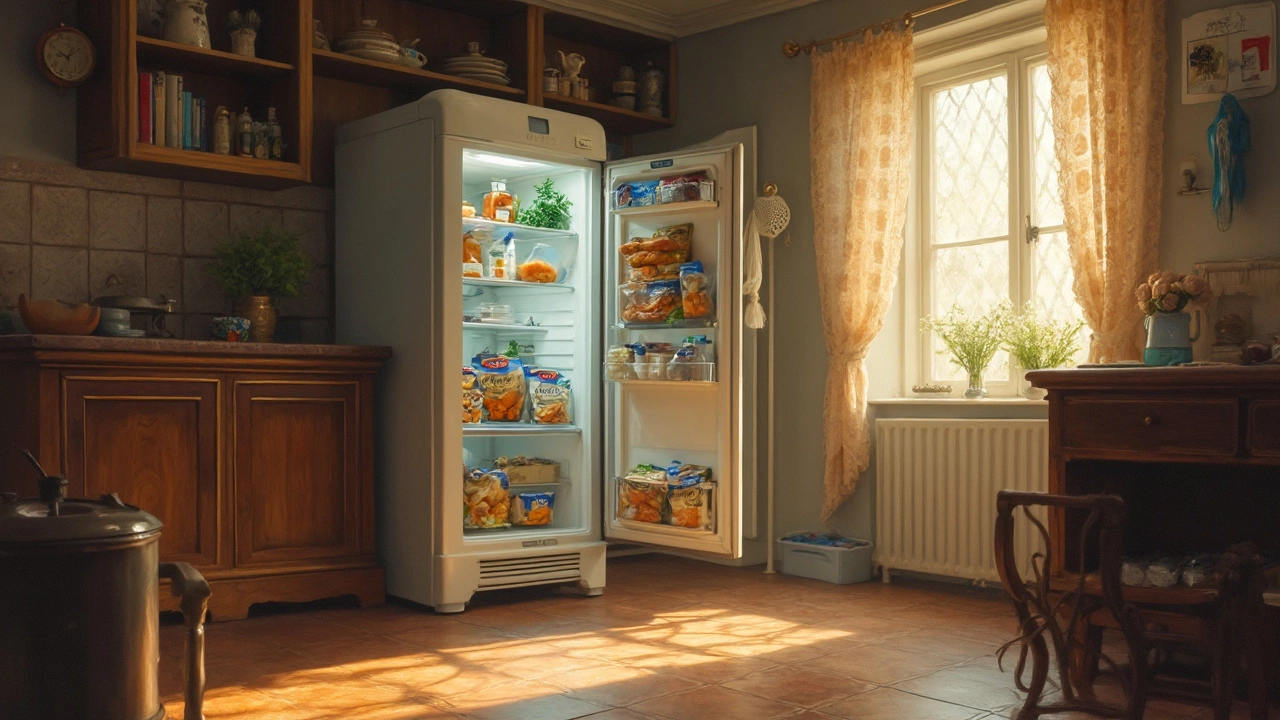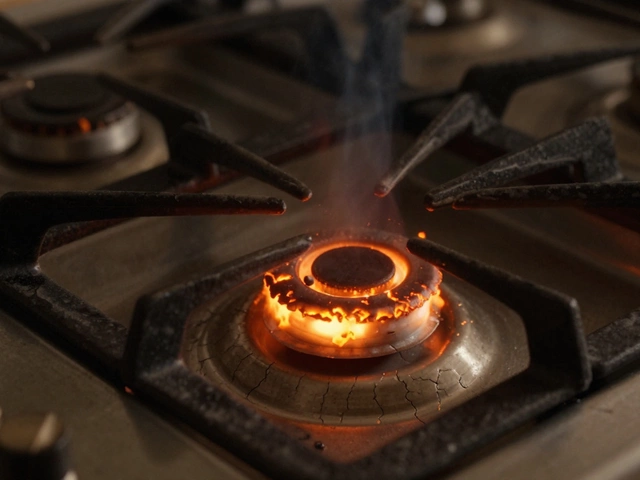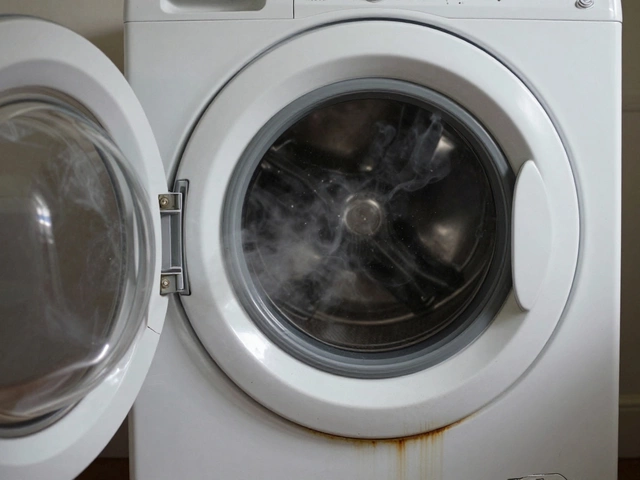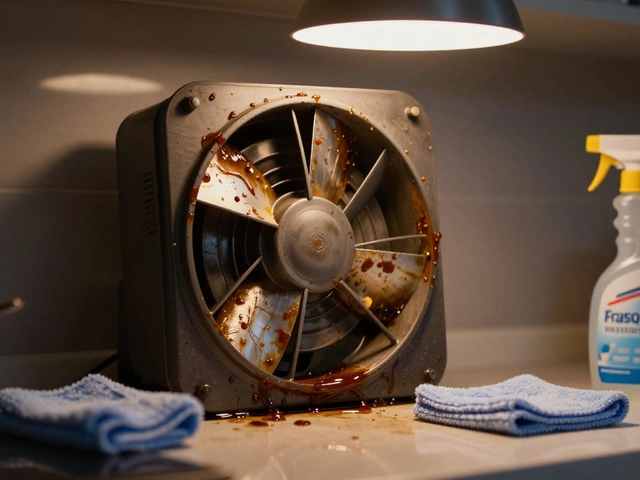Food Safety and Your Home Appliances
Keeping food safe isn’t just about washing your hands. The appliances you use every day can make or break food safety. A fridge that’s too warm, a dishwasher that leaves food particles, or an oven that’s never cleaned can turn a healthy meal into a health risk. Let’s look at the simple things you can do to keep your kitchen safe.
Fridge and Freezer Must‑Do's
First off, temperature matters. Set your fridge to 4 °C (39 °F) or lower and your freezer to –18 °C (0 °F). Use a cheap thermometer to double‑check; the built‑in gauge isn’t always accurate. Next, check the door seal. Close the door on a piece of paper – if you can pull it out easily, the seal is weak and warm air can creep in, speeding up spoilage.
Don’t overload the shelves. Air needs to circulate so every item stays at the right temperature. Store raw meat on the bottom shelf in a sealed container; this prevents juices from dripping onto ready‑to‑eat foods below. When you spot a spill, wipe it up right away with a mild detergent. Bacteria love moisture, and a forgotten spill can spread quickly.
Freezers need a quick defrost now and then. Ice buildup reduces cooling efficiency and can cause uneven temperatures. Unplug, let the ice melt, and wipe the interior dry before turning it back on. This keeps the freezer working hard, not wasting energy.
Dishwasher and Oven Hygiene
Dishwashers are great, but they can hide food debris if you don’t load them right. Place plates angled so water hits every surface, and keep large food chunks out of the filter. Run a cleaning cycle with white vinegar once a month to dissolve limescale and any leftover grit. This stops odor and keeps your dishes truly clean.
Ovens get splatters from sauces, roasts, and even spilled liquids. Those leftovers become a breeding ground for bacteria if they’re not removed. After each use, let the oven cool, then wipe the interior with a soft cloth and a bit of baking soda paste. It’s quick, cheap, and keeps the cooking environment safe.
If you have a microwave, cover food with a microwave‑safe lid or paper towel. This prevents splatter that later settles on the interior and can harbor microbes. A quick wipe with a damp cloth after each use finishes the job.
Regular maintenance checks can save you from bigger problems. Schedule a professional service for your fridge and freezer every few years. They’ll test coolant levels, clean coils, and check the compressor – all things that affect food safety.
Bottom line: A few minutes of routine checks and cleaning go a long way. By keeping your fridge at the right temperature, sealing doors, cleaning dishwasher filters, and wiping down ovens, you protect the food you eat and your family’s health. Small steps, big safety win.
Is Food Still Safe if the Freezer Stops Working?
- Alden Wilder
- Feb 6 2025
- 0 Comments
When your freezer stops working, your first thought might be about whether your food is still safe to eat. Discover how long you have before food starts to spoil, how to check for safety, and what steps you can take to prevent loss or wastage. From understanding the impact of leaving the freezer door closed to investing in a quality thermometer, these insights can help you save your groceries—and your peace of mind.
View More


